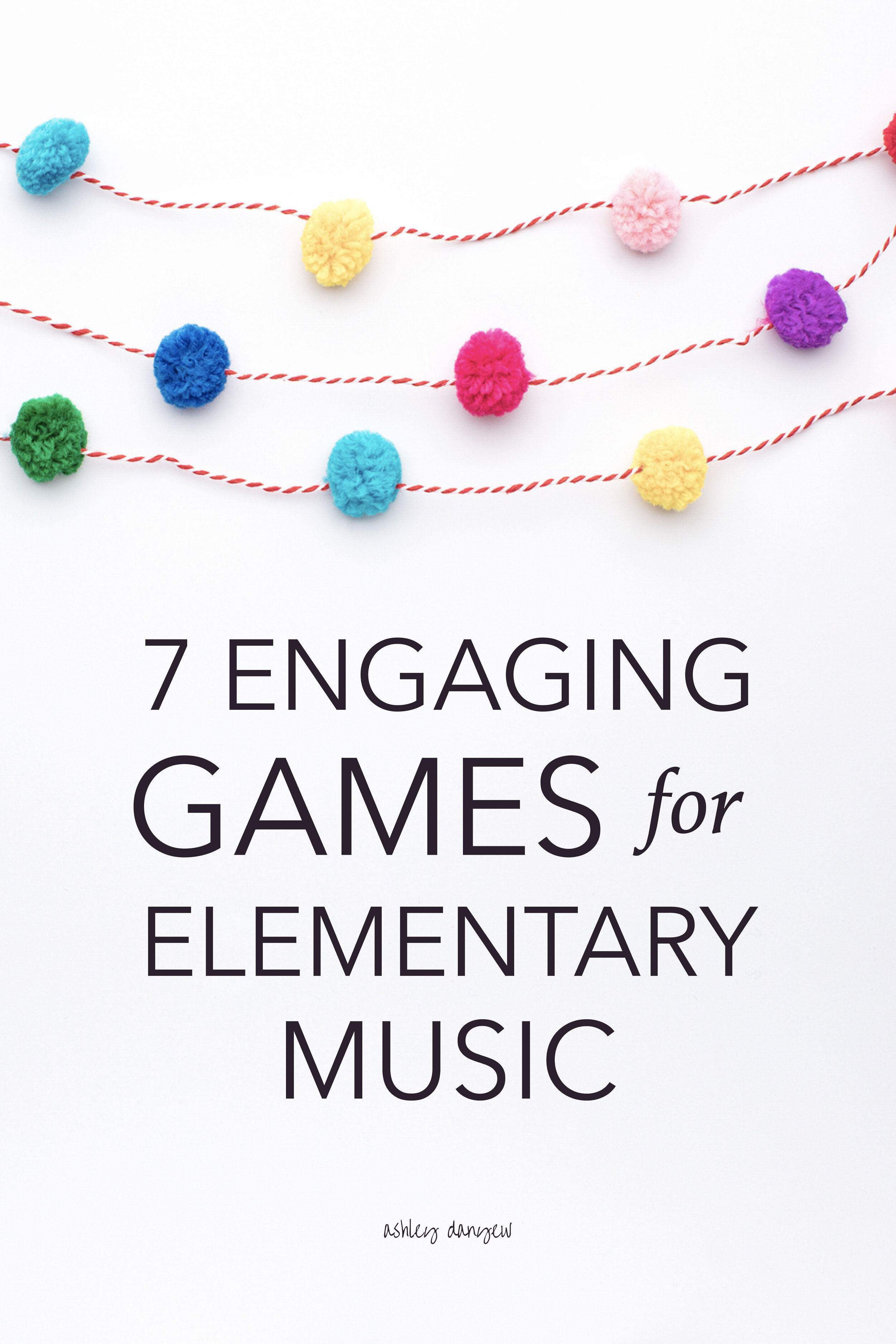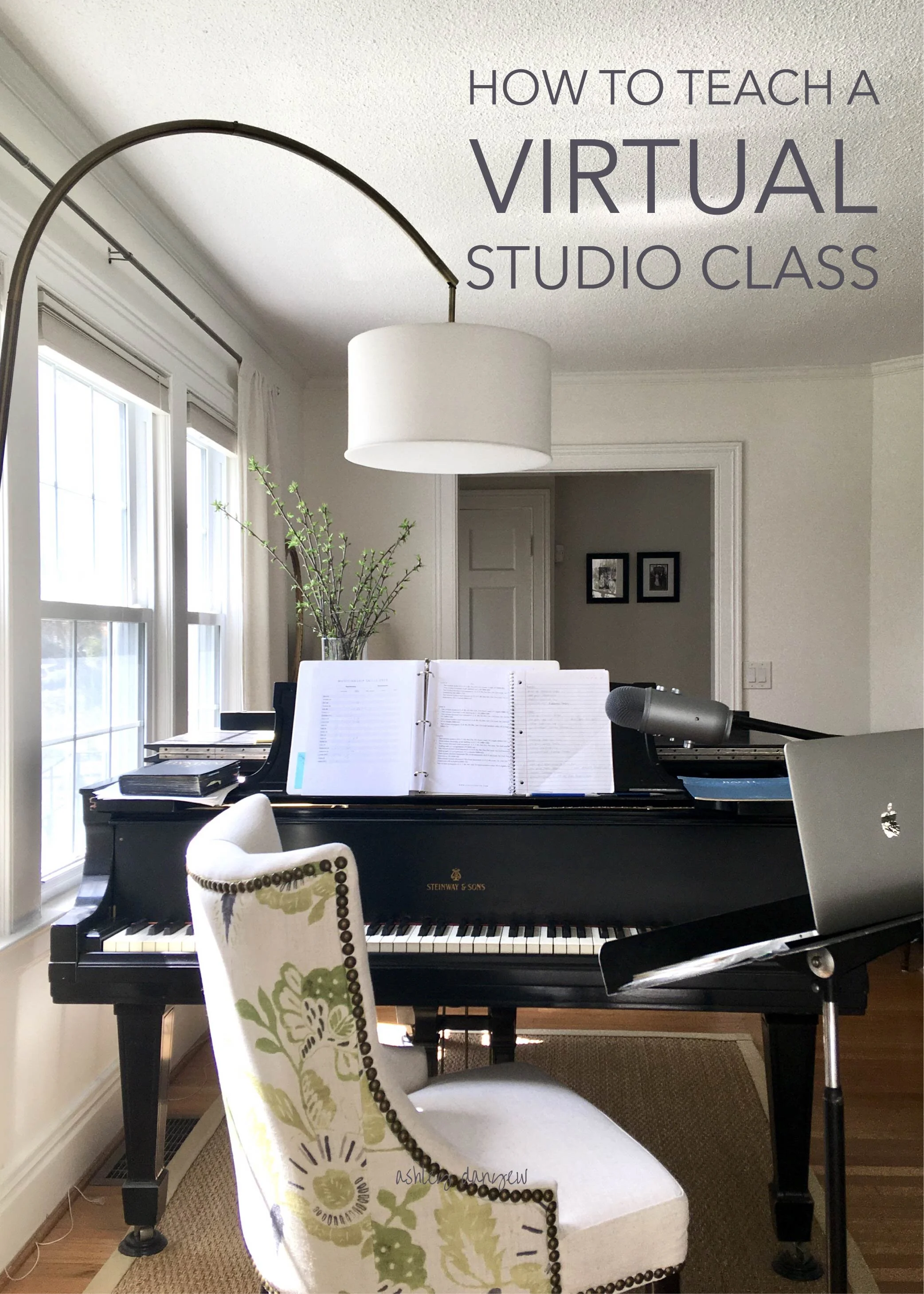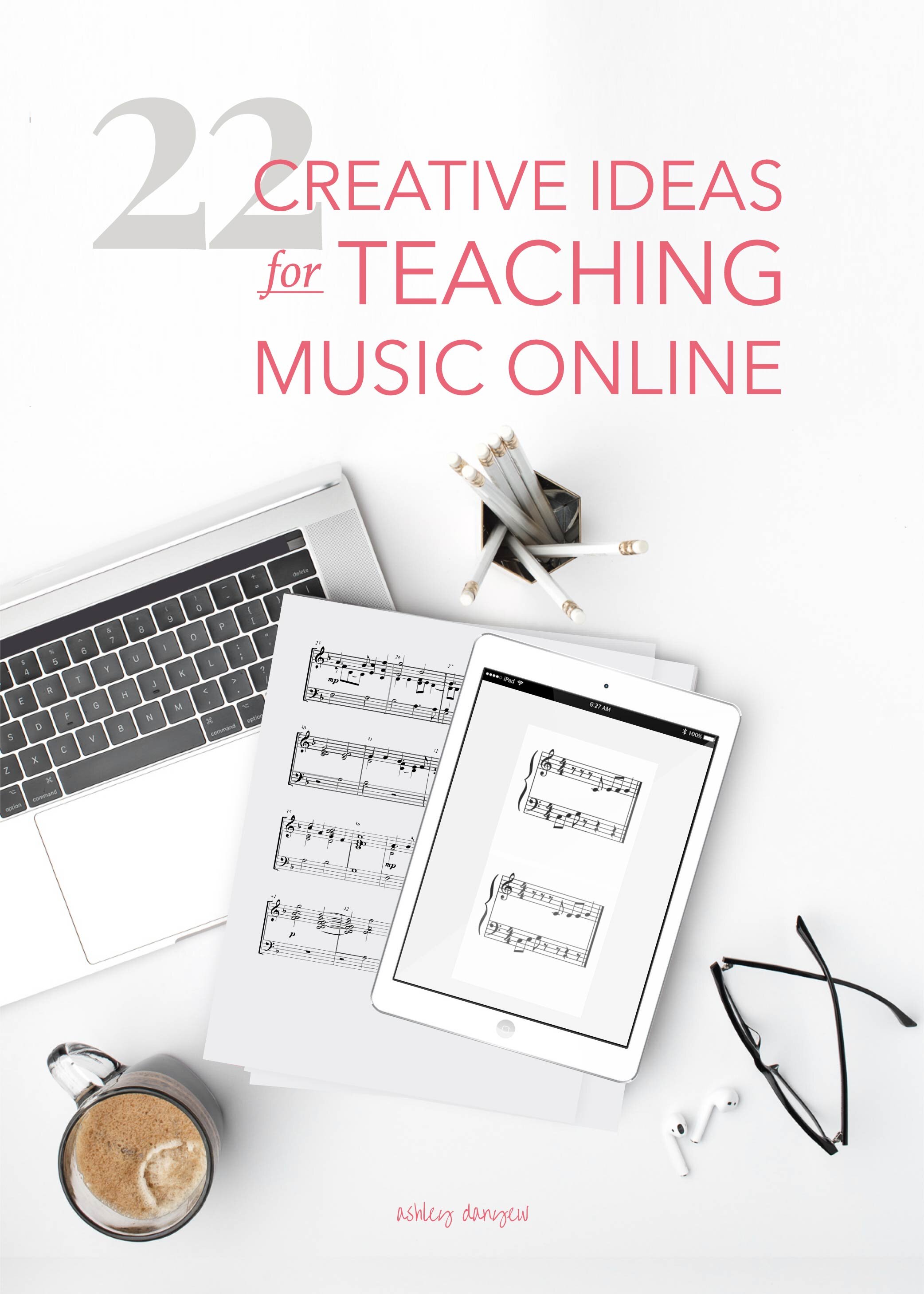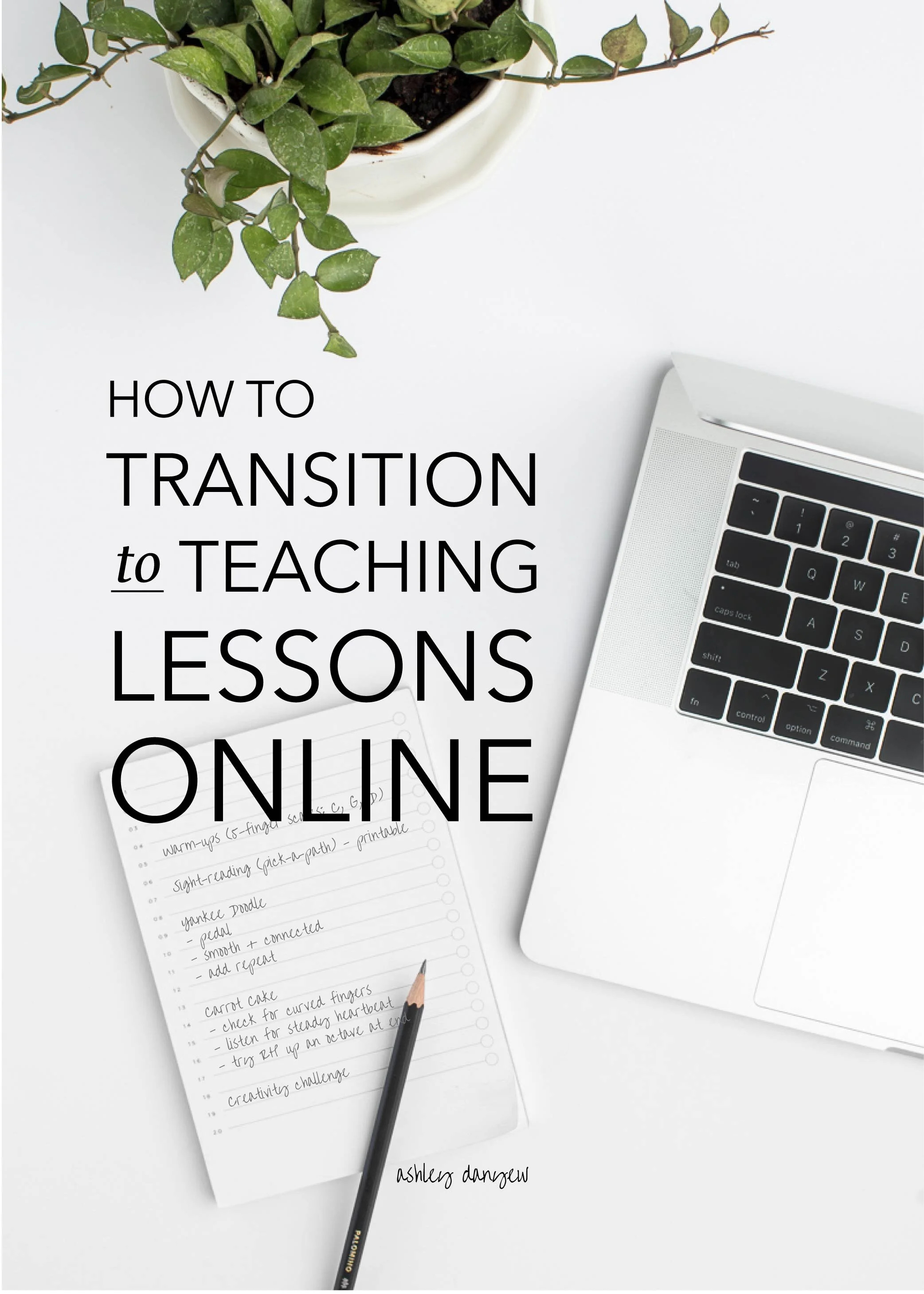It’s normal to feel a little burnt out after the year we’ve just had. It’s normal to feel tired or frustrated or lost. But what have you learned? What strategies will you keep? How have the events of the last year changed us as teachers, as musicians? What will we do differently going forward?
7 Engaging Games for Elementary Music
Games and musical activities are a fun and engaging way to introduce and reinforce new musical concepts and develop musical skills like listening, singing, expression, coordination, and internalizing a sense of steady beat.
Today, I'm sharing a few of my favorite musical games and activities for elementary music classes, children's choirs, and elementary group classes.
Three Questions for Music Educators
Next week (May 24-28), I’m hosting the 3rd annual Music Education Basics, a free 5-day workshop for music educators.
With 60+ minutes of practical content, Music Education Basics is designed to give you clarity in your teaching and a fresh dose of inspiration and practical teaching ideas you can use right away.
But before you pull a new spiral notebook off the shelf and start mapping out ideas and making plans, let’s take a few minutes to assess where we are right now.
Digital Resources for Virtual Children's Choir Rehearsals
This year has brought some unprecedented challenges and the global pandemic has changed the way choirs and musical ensembles gather and make music together. Many choirs moved to online rehearsals this spring, using Zoom or Facebook Live to stay connected and try to continue making music the best they could. But with the technology we have available to us and unpredictable internet speeds at home, we’ve all learned that it’s really not possible to sing or play together in real-time.
Today, I’m sharing some helpful digital tools and resources that can be used in online choir rehearsals (synchronous or asynchronous) or in-person, if and when you’re able to return to that. You’ll find digital tools, game ideas, teaching strategies, and curriculum resources that were designed especially for distance-learning situations.
Announcing the 2020 Summer Session
Last week marked the end of the school year (and 12 weeks of online teaching) and the start of something new. A simpler schedule, a slower pace, a season to plan and prepare for what’s next.
What is next?
For many of us, there’s still a lot of uncertainty about what the next few months will hold. Will we return to in-person teaching? Will schools and churches reopen? Will it be safe to sing together, play together, be together?
We don’t have the answers just yet. But what we do have is an opportunity to plan and prepare.
How to Teach a Virtual Studio Class
A few years ago, I started teaching monthly group classes in my studio.
The idea was to include more opportunities for informal performance, observation, musical discussion, and developing musicianship skills in a supportive group environment. All students are invited and encouraged to play something each time, even just part of a piece.
This gives us an opportunity to:
show works in progress
talk about practicing, learning processes, challenges, and rewards
give feedback (positive + constructive)
I also plan a few musical games and activities related to listening, movement, creative musicianship, and composition — things we can’t really do in our one-on-one lessons.
This year, I planned to teach five studio classes specifically for 3rd-6th graders, two studio classes for 7th-12th graders, and monthly buddy lessons for my K-2nd grade students.
But what to do when the world shuts down and everything moves online?
Host a Zoom studio class, of course.
Last week, I taught two studio classes (3rd-6th grade and 7th-12th grade) and two buddy lessons (K-2nd grade). Here’s a behind-the-scenes look at how I set these up, how I structured our time together, and what activities I created to play virtually.
22 Creative Ideas for Teaching Music Online (for All Ages)
Like many of you, I’ve been thinking a lot about how to teach music creatively online these past few weeks.
What tools work best to facilitate connection, dialogue, and musical experience?
What strategies lend themselves best to online teaching?
What assignments will foster music-learning during this time?
As many of us are navigating this new territory of learning how to teach online due to the COVID-19 pandemic, I thought I’d put together a master list of ideas for teaching in a variety of settings: church music, community teaching, and K-12 music.
I’m also including a list of tech tools that I’m using personally, have used in the past, or have heard recommended from other music teachers in the field.
How to Use Color to Teach Music Literacy
If you walk into an elementary classroom, you might notice that everything is color-coded: signs and charts on the wall to labels on bins to pieces of tape marking certain spots on the floor.
This is because colors are easy for most young children to recognize and differentiate between.
But in music, our baseline is black and white, the colors of standard notation. When first introducing music-reading, it can be challenging for young students to recognize patterns and organize the content visually when everything is black and white.
For this reason, color can be a helpful tool when teaching music literacy and developing music-reading skills. “When we use color in a systematic way it can help students retain information better than just using black and white.” (source)
How to Transition to Teaching Lessons Online (Due to COVID-19)
We’re living in unprecedented times.
With the recent worldwide outbreak of COVID-19, more and more schools and studios are choosing to close and transition to remote learning.
Maybe you’re like me in thinking that some subjects lend themselves well to being taught online: history, language, math. But music? How do you teaching piano to a 1st grader online? How do you teach choir or band? How do you teach group lessons?
This week, numerous music educators have put together resources, kits, and teaching guides to help others transition to online learning, learn about tools that are available, and get ideas. There are Facebook groups and webinars, blog posts and Google Docs summarizing all the music-related tech tools that are offering special discounts right now.
Here in Rochester, NY, schools are closed and moving online until further notice.
As such, I’m transitioning my studio to online learning. Today, I want to share what that looks like, including:
The notes I’m sending home to parents
Three models for online education I’m offering to all my students (K-10th grade)
Steps I’m taking to plan and prepare for this change
Resources and printables I’m pulling together for the next few weeks
Tools I’m using on the tech side of things
My best recommendations for studio teachers in this situation
Work-Life Balance—Is There Such a Thing?
We’ve heard it all before: the lore of work-life balance. Of doing it all, and doing it all well. And so we set out in search of the magical formula that will keep us in perfect balance, the solution to all our problems.
But secretly, we kind of wonder: is it real? Can it be achieved?
There’s been some debate recently as to whether or not this idea of balance between work and life is actually attainable. The thing is, the word balance makes it feel precarious: the feeling we have when learning to ride a bicycle, that we might lose our balance and fall over at any moment.
Not a great visual for life, just saying.

















